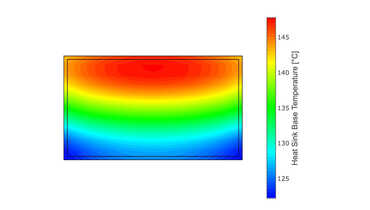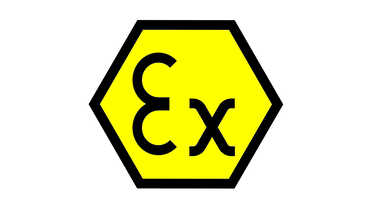Imagine this: you're trying to interact with an outdoor touch screen kiosk on a bright sunny day. The touch screen glares at you, and even with squinting, you find it hard to see the display properly. To tackle this issue, some manufacturers resort to applying anti-reflective (AR) coatings to screens. But are they really the silver bullet solution? Let's delve into the reasons why AR coatings might not be the best choice for outdoor touch screen applications, especially in bright sunlight.
What Are Anti-Reflective Coatings?
Anti-reflective coatings are thin layers applied to a surface, aiming to reduce reflections and improve clarity. They are used in various applications from eyeglasses to camera lenses, and of course, touch screens. But while they might be a boon for eyeglasses, the outdoor digital realm presents unique challenges that these coatings might not be equipped to handle.
Why Anti-Reflective Coatings May Not Be Suitable:
Wear and Tear Over Time: Just like the AR coatings on your glasses, they can wear off. With the hustle and bustle of outdoor usage, touch screens face a myriad of environmental conditions. Rain, sunlight, wind, dust – you name it. Over time, the AR coating, initially intended to reduce glare, wears off, resulting in an uneven appearance and even making the glare worse in certain areas.
Sensitivity to Fingerprints: The very nature of touch screens means they are constantly in contact with fingers. AR coatings tend to show fingerprints more prominently. Not only does this make the screen look messy, but it also obstructs clarity, defeating the purpose of the coating in the first place.
Chemical Erosion from Fingerprints: The human touch isn't just about pressure. The oils and acids present in fingerprints can slowly degrade the AR coating. Over time, these tiny chemical interactions can break down the coating, leaving the screen more susceptible to glare and reducing the screen's lifespan.
Vulnerability to Scratches: Outdoor settings often mean exposure to gritty substances like sand and dust. These particles, when coming in contact with the screen, act like sandpaper, scratching the delicate AR coating. Once scratched, the effectiveness of the coating diminishes rapidly.
Cost vs. Benefit: Applying a high-quality AR coating can be expensive. For manufacturers looking to cut costs, this could lead to the use of inferior quality coatings, which wear off faster. The temporary benefits of reduced glare might not justify the high costs, especially given the short lifespan and potential issues mentioned above.
Optical Bonding: A Strong Contender
Given the shortcomings of AR coatings, the industry needs an alternative. Enter optical bonding. This process involves bonding a protective layer, usually glass or a clear resin, directly to the touch screen or display panel. The benefits of this approach are multifold:
Enhanced Visibility: By eliminating the air gap between the protective layer and the screen, optical bonding reduces internal reflections, ensuring the screen remains legible even in bright sunlight.
Durability: The bonded layer acts as a shield, offering resistance against scratches, dust, and other abrasive substances.
Touch Sensitivity: The direct bonding ensures touch sensitivity is not compromised, resulting in a seamless user experience.
Cost-Effective in the Long Run: While the initial investment might be comparable or slightly higher than AR coatings, the durability and prolonged screen lifespan make optical bonding a more cost-effective solution over time.
Conclusion
While anti-reflective coatings might seem like a promising solution to the challenges posed by outdoor touch screens, their long-term efficacy is questionable. The susceptibility to wear and tear, sensitivity to fingerprints, and vulnerability to scratches, coupled with high costs, make them less ideal for outdoor applications.
Optical bonding, on the other hand, offers a more robust and long-lasting solution, ensuring that outdoor kiosks and displays remain clear, visible, and durable regardless of the environmental challenges they face. As technology continues to evolve, it's essential for manufacturers and users alike to make informed decisions to ensure the best user experience.



